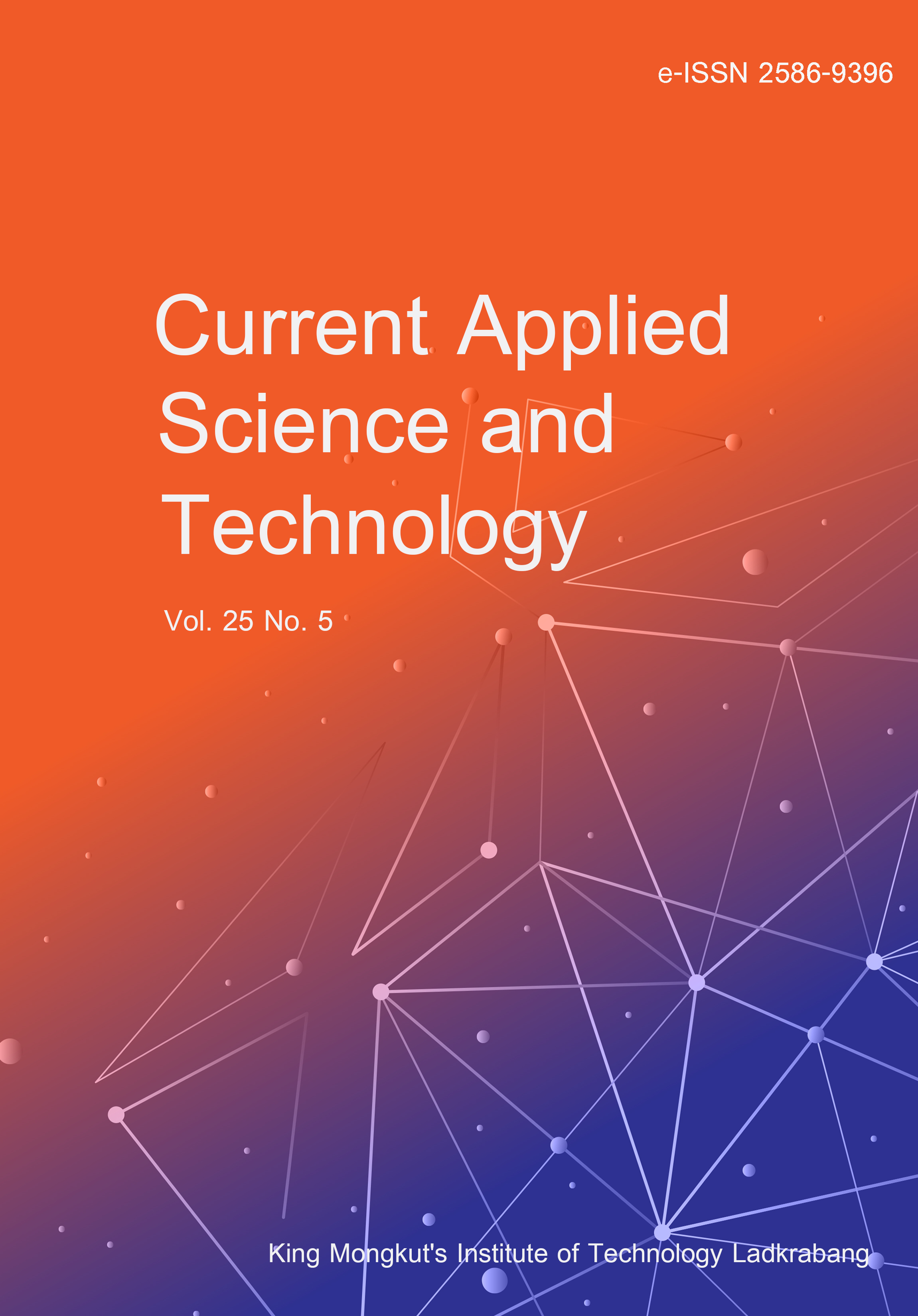In this study, an electrostatic precipitator collection system for smoke removal from burning incense was developed and the particle collection efficiency was evaluated. The effects of the geometric parameters of a discharge electrode on the dust collection efficiency of the electrostatic precipitator were analyzed, and different types of discharge emission electrodes were optimized. The designed dust collector consisted of a simple array of coaxial discharge electrodes placed along the axis of four cylindrical collection tubes with a diameter of 28 mm with 100 mm in length. The discharging electrodes were of various types: tungsten rods, copper rods and copper wires. DC high voltage power supply was varied with output voltage ranging from 3-10 kV. The distance between discharge electrode and collecting electrode was fixed at 12.5 mm. The air ventilation used in the system had an output velocity of 1.4 m/s, while the collection electrode was grounded. The morphology of the incense ash was studied using scanning electron microscopy (SEM). The experimental results showed that the operational conditions for the ESP were set at a high voltage of 10 kV and a low air flow rate. These conditions, in combination with a tungsten rod as the discharge electrode, provided the highest collection efficiency of PM 2.5 and 10 dust. The overall collection efficiency of the developed precipitator was found to be about 79.51% and 75.68% for PM 2.5 and PM 10. It was shown that the developed prototype was effective in the removal of particulates up to 84.1 and 81.76 for PM 2.5 and PM 10 at the treatment time of 30 min. In conclusion, the developed electrostatic precipitator has the potential as a device for collecting PM 2.5 and PM 10 particles emitted by incense smoke exhaust.
Nilgumhang, K. undefined. ., Sulaiman, S. undefined. ., Komnoi, K. undefined. ., Ngamrungroj, D. undefined. ., Suksaengpanomrung, S. ., & Kingkam, W. . (2025). Effect of Discharge Electrode Material on Dust Collection for Electrostatic Precipitator Efficiency. CURRENT APPLIED SCIENCE AND TECHNOLOGY, e0263961. https://doi.org/10.55003/cast.2025.263961

